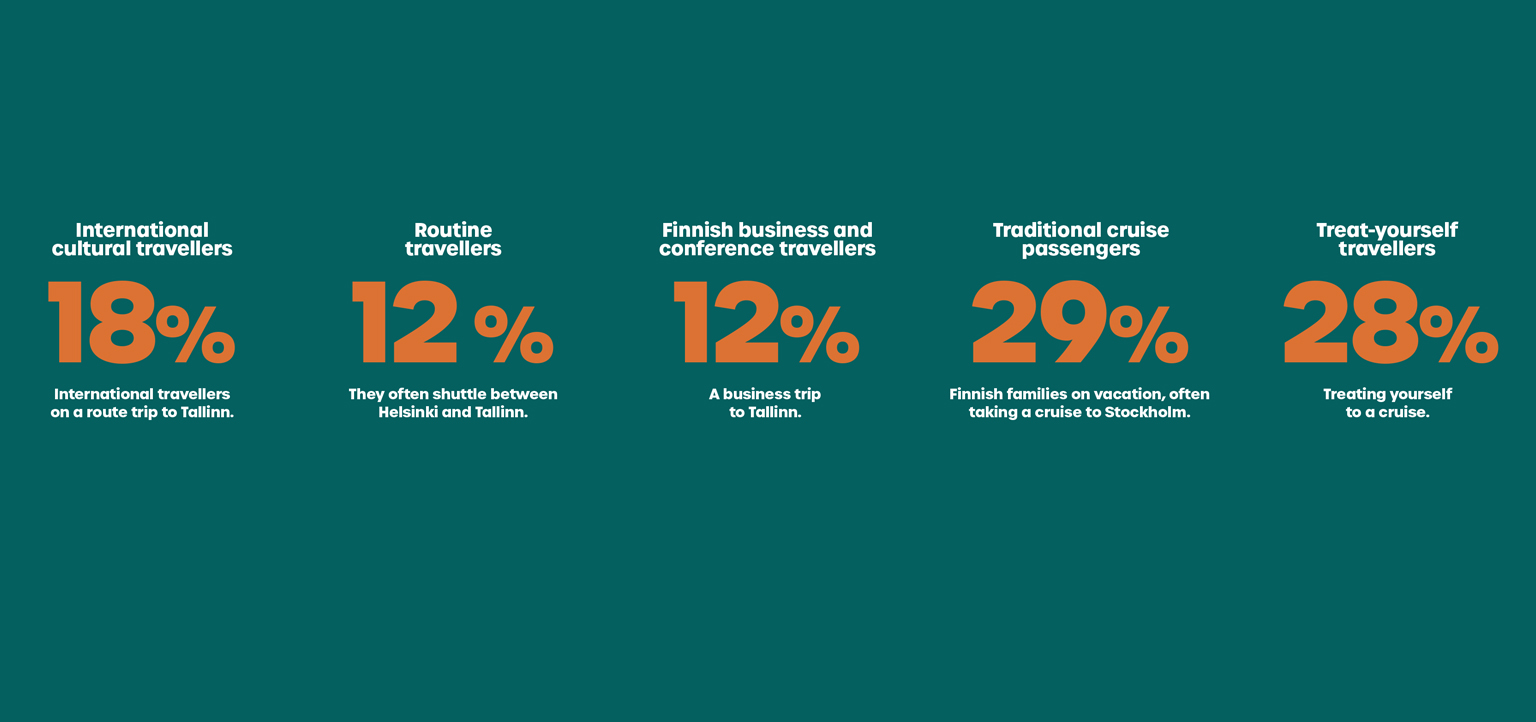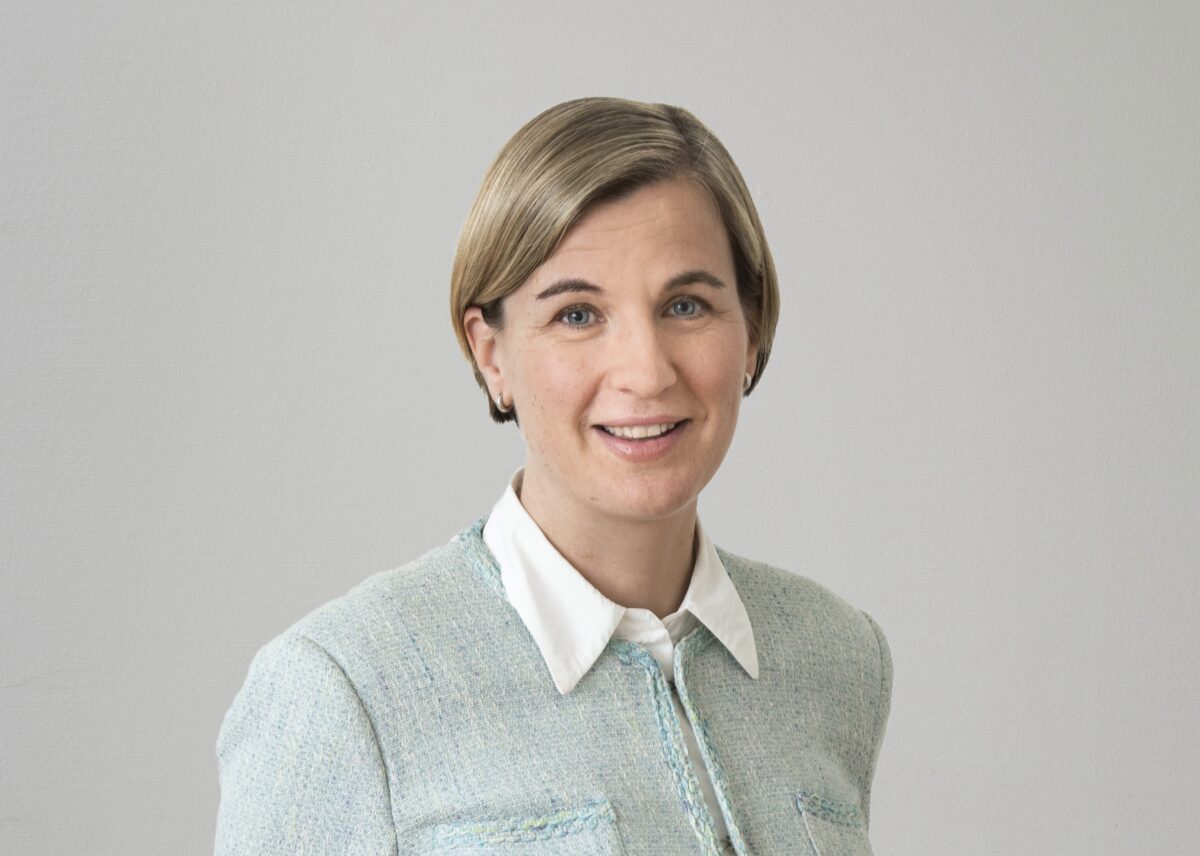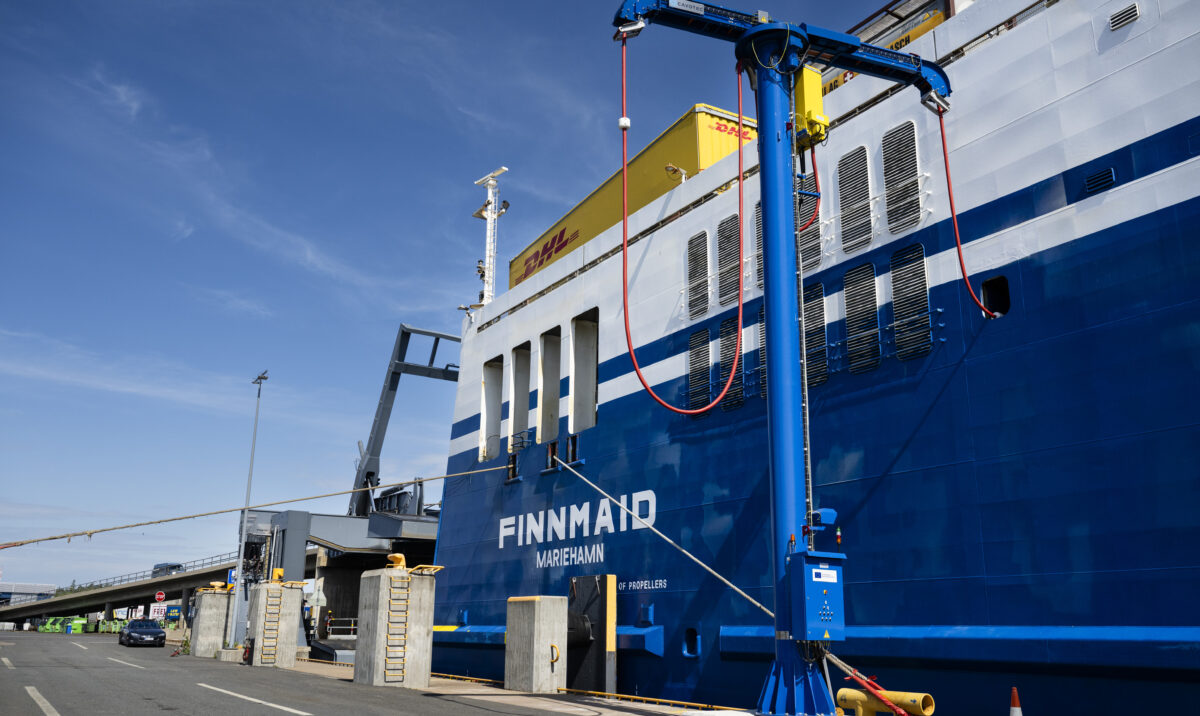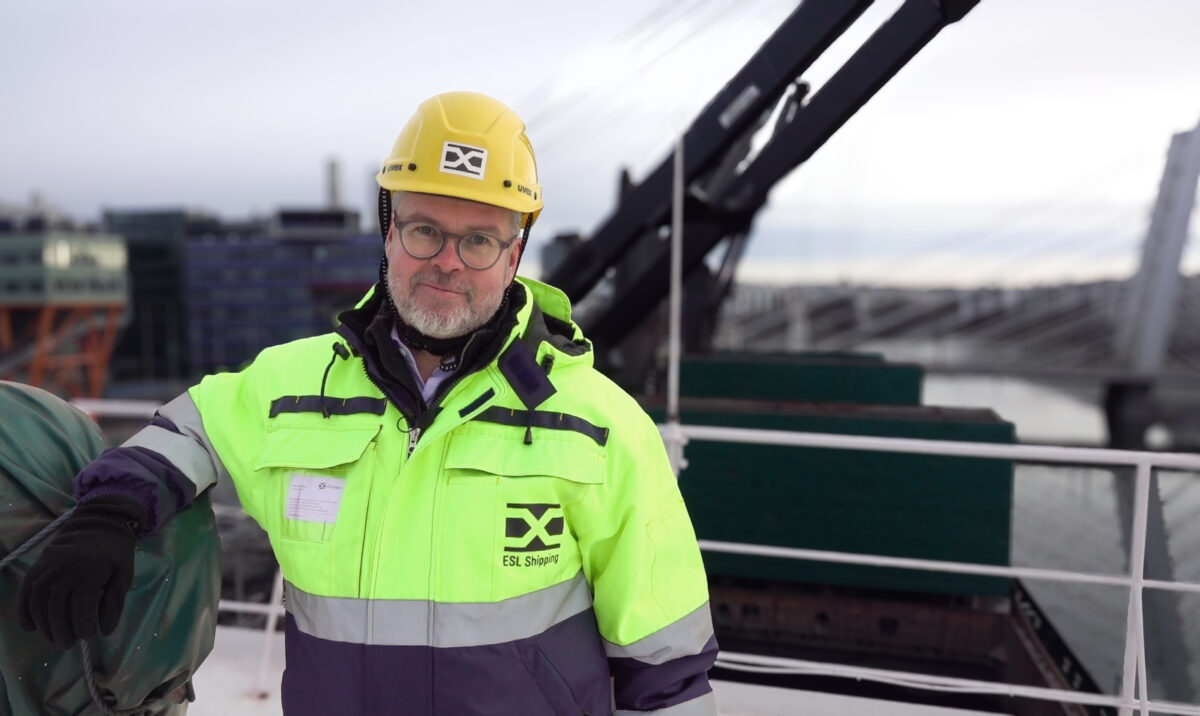
Traveller segments: Experiences, treats, work and meetings
The Port of Helsinki has carried out a segmentation study of passengers passing through its ports. This research data will help us to develop better services for our customers.
Consumer passengers have been interviewed at Helsinki terminals for years. A segmentation study conducted with Taloustutkimus will now provide even more accurate information about customer needs.
“In order to better serve our customers, we must understand their needs and expectations,” says Marika Pauli, Head of Business Development & Conceptualisation at the Port of Helsinki.
Pauli and her team have been collecting customer data since 2019. It is the basis for all service development. Our customer research revolves around interviews conducted at departure terminals, of which there are as many as 10,000 per year. The sample size has been increased, both to gain a deeper understanding of our customers and to ensure that the results are statistically significant.
The same journey means different things to different people
The latest passenger segmentation study was done in collaboration with Taloustutkimus using data from July–September 2024. It identified five different groups among the customer base at terminals.
Traditional cruise passengers are mainly Finnish families going on holiday to Stockholm. For them, the trip is all about getting away, having fun and spending time with loved ones. They are looking for entertainment, shopping and food.
International cultural travellers, on the other hand, tend to visit destinations whose sights and culture interest them. Effortless travel, safety and good transport connections to the terminal are important to them.
Treat-yourself travellers appreciate luxury and top-quality services.
“They’re looking for everyday luxuries: top-quality services and pampering, perhaps a massage, a glass of bubbly at the terminal, or other services that somehow elevate their experience above the everyday,” says Marika Pauli.
Young people also value sustainability.
“Although we knew that some of our passengers liked treating themselves, they account for a larger proportion than we expected,” Pauli adds.
There are also many non-tourist travellers to balance out the holidaymakers. Some of them are Finnish business and conference travellers, who value fast and straightforward services. Routine travellers, on the other hand, shuttle between Tallinn and Helsinki for work or family reasons in particular. They appreciate quiet passenger compartments and peaceful terminals.
The big picture becomes clearer
Different terminals serve different customer groups. The Olympic Terminal serves cruise ships to Stockholm, and traditional cruise passengers are by far its largest customer group. The majority of passengers passing through Katajanokka Terminal are also traditional cruise passengers, although it also serves a number of departures to both Tallinn and Stockholm. West Terminal T2 is the Port of Helsinki’s busiest passenger terminal, and serves all types of customers from holidaymakers to business travellers.
Surveys shows that people travel to different destinations for different reasons: Visitors to Stockholm tend to be traditional cruise passengers and treat-yourself travellers, while people go to Tallinn for work as well as leisure.
The full picture will only emerge once a full year’s worth of data is available. The relative proportions accounted for by different segments also vary during the year, and these variations are already visible in the first dataset from the summer: Finnish families holidayed during July, cultural travellers from Central Europe arrived in August, and September saw an increase in business trips after the holiday season.
Utilising data
The study will give the Port of Helsinki tools to better serve its various customer groups.
“Now that we have identified these groups and their varying needs, we can really have an impact on the things that matter most to our customers,” says Pauli.
She says that, in the future, slightly different services will be provided at different terminals and for different customer groups, depending on where they are headed. For example, Katajanokka’s passenger terminal is being renovated and the study is already helping us to plan the terminal’s future services. This will in turn affect the design of the premises, and the overall result will be a much better terminal.

“In order to ensure the best possible passenger experience, the entire chain – from booking tickets to the sea voyage and home again – must be of the highest quality. This study will give us the tools to improve our own contribution to the package,” says Marika Pauli.





